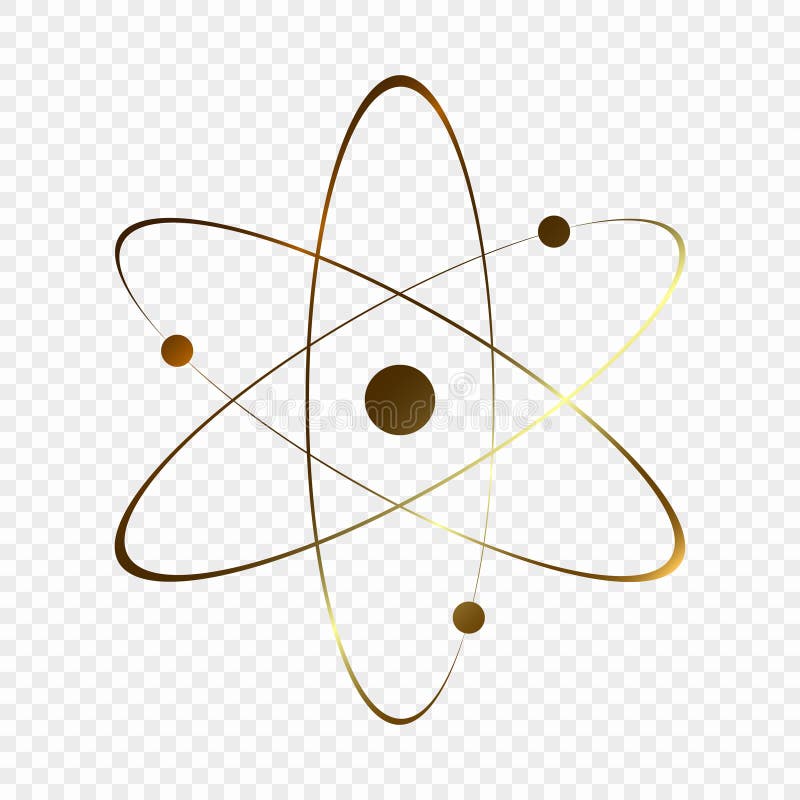
- Physical And Chemical Properties Of Gold
- Gold Atomic
- Gold Atomic Structure
- Gold Atom Diagram
Article
Assuming that atomic gold is a sphere, as shown above, we can calculate its atomic volume. Atomic volume: VAtom 4 3 R 3 = However, the effective volume of a gold atom is 25% of the unit cell volume, 22 R 3. Effective atomic volume: VAeffective 22 R 3 4 = VAeffective 42 1 2 R 3 =. Name: Gold Symbol: Au Atomic Number: 79 Atomic Mass: 196.96655 amu Melting Point: 1064.43 °C (1337.5801 K, 1947.9741 °F) Boiling Point: 2807.0 °C (3080.15 K, 5084.6 °F) Number of Protons/Electrons: 79 Number of Neutrons: 118 Classification: Transition Metal Crystal Structure: Cubic Density @ 293 K: 19.32 g/cm 3 Color: Gold Atomic Structure. How many electrons does each gold atom gain? How many electrons does each iodine atom lose? What is the total number of electrons that are moved in the oxidation-reduction reaction? Complete the final balanced equation based on the half-reactions. Gold is the chemical element with 79 protons in each atomic nucleus. Every atom containing 79 protons is a gold atom, and all gold atoms behave the same chemically. In principle, we can therefore create gold by simply assembling 79 protons (and enough neutrons to make the nucleus stable).
Please select which sections you would like to print:

While every effort has been made to follow citation style rules, there may be some discrepancies. Please refer to the appropriate style manual or other sources if you have any questions.
Physical And Chemical Properties Of Gold
Our editors will review what you’ve submitted and determine whether to revise the article.
Join
Britannica's Publishing Partner Program
and our community of experts to gain a global audience for your work!
Articles from Britannica Encyclopedias for elementary and high school students.
The Editors of Encyclopaedia Britannica
Encyclopaedia Britannica's editors oversee subject areas in which they have extensive knowledge, whether from years of experience gained by working on that content or via study for an advanced degree..
Gold Atomic
Alternative Titles: Au, aurum
Gold (Au), chemical element, a dense lustrous yellow preciousmetal of Group 11 (Ib), Period 6, of the periodic table. Gold has several qualities that have made it exceptionally valuable throughout history. It is attractive in colour and brightness, durable to the point of virtual indestructibility, highly malleable, and usually found in nature in a comparatively pure form. The history of gold is unequaled by that of any other metal because of its perceived value from earliest times.
118 Names and Symbols of the Periodic Table Quiz
The periodic table is made up of 118 elements. How well do you know their symbols? In this quiz you’ll be shown all 118 chemical symbols, and you’ll need to choose the name of the chemical element that each one represents.
Element Properties| atomic number | 79 |
|---|
| atomic weight | 196.96657 |
|---|
| melting point | 1,063 °C (1,945 °F) |
|---|
| boiling point | 2,966 °C (5,371 °F) |
|---|
| specific gravity | 19.3 at 20 °C (68 °F) |
|---|
| oxidation states | +1, +3 |
|---|
| electron configuration | [Xe]4f145d106s1 |
|---|

Gold Atomic Structure
Quick Facts
Gold Facts
Check out these amazing gold facts, uses and properties. Gold has long been a symbol of wealth in the form of expensive jewelry, coins and various works of art. It also features incredible characteristics from a scientific point of view. Learn more about this famous metal and its unique atom structure by enjoying our interesting facts about gold. |
Gold Atom Diagram
Gold is a chemical element. Its chemical symbol is Au and its atomic number is 79. Mac mini 2018 storage upgrade. Compared to other metals, gold is less chemically reactive. Gold is a good conductor of electricity and heat. Gold is shiny, soft and dense. It is also malleable, which means it can easily be beaten into thin sheets or other shapes. Gold is malleable enough for just 1 gram to be hammered into a sheet 1 square meter in size. It can also be made so thin that it appears transparent. Due to a similar appearance to gold, the mineral pyrite has the nickname fool’s gold. Macbook air 2012 os x version. The amount of gold in various alloys (a combination of gold and another metal such as silver) is measured in carats (k). Pure gold is 24k. As of 2009, it has been estimated that humans have mined around 160000 tonnes of gold. Over the last 100 years South Africa has been the biggest producer of gold. In recent times however it has been surpassed by China. As of 2009, the USA has 8133 tonnes of gold reserves while Canada only has 3. Throughout history gold has often been seen as a symbol of wealth. Gold is the most popular precious metal for investments. The price of gold continually fluctuates and is often linked to major economic events. There is a monetary system called the ‘gold standard’ which fixes a unit of money to a certain weight of gold. Over the years gold has been used to create expensive jewelry, coins and various forms of art such as the Egyptian pharaoh Tutankhamun’s famous burial mask. In modern times it has also been used for things such as electronics and dentistry. Injectable gold has been proven to help reduce pain and swelling in patients suffering from tuberculosis and rheumatoid arthritis. - Gold is a popular choice when it comes to rewarding achievement with medals, statues and trophies. Academy Award, Olympic and Nobel Prize winners all receive golden items in recognition of their achievement.
| More Metal Facts: | Gold Facts |
|


